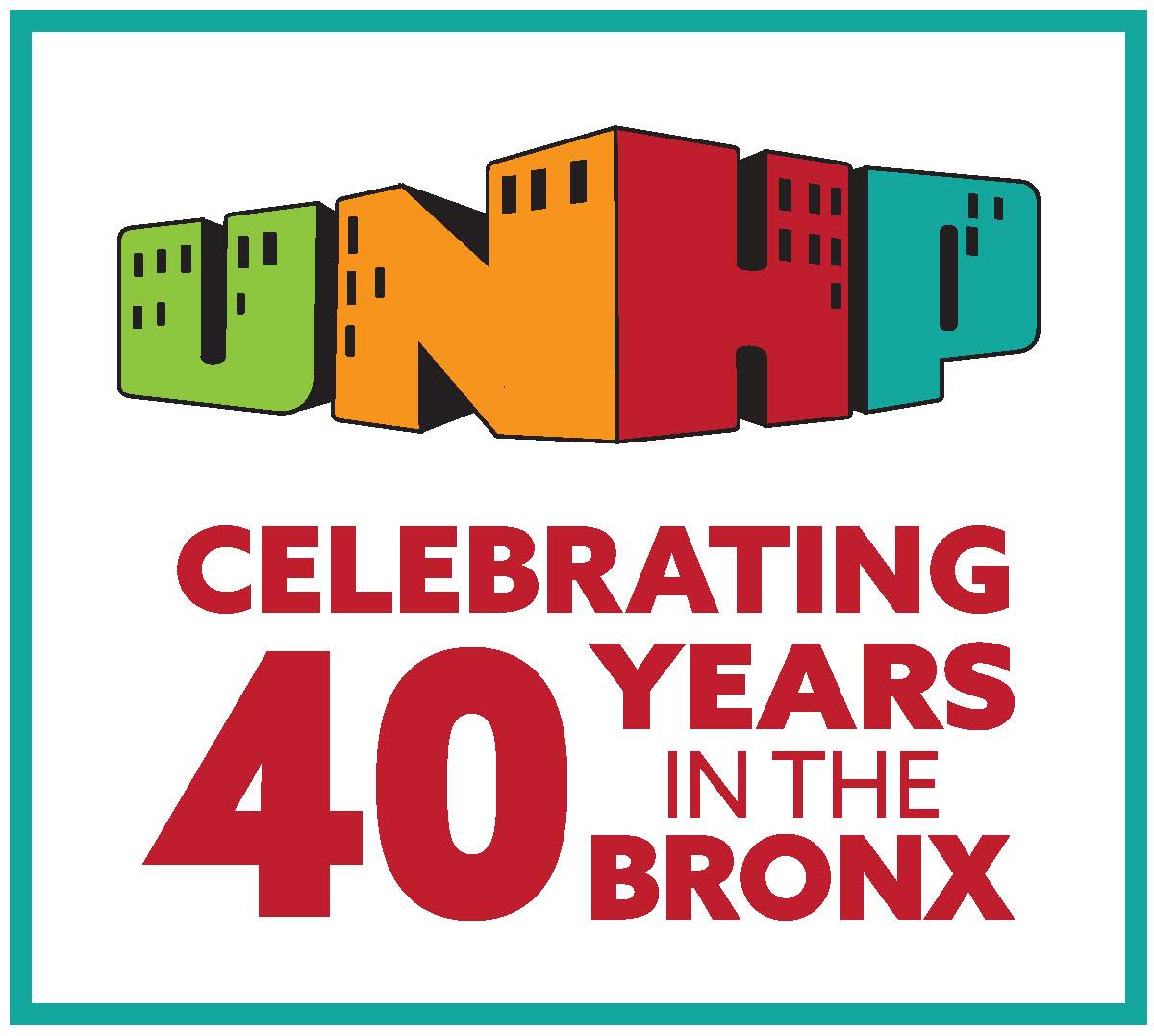Every day, Sr. Margaret McDermott, executive director of the Tolentine-Zeiser Community Life Center, has to turn down parents hoping to send their kids to the center's subsidized day care program. Her staff fields 10 to15 inquiries a day, but the center only has 60 spots for children ages 3 to 5.
"Parents can't go to work," McDermott said. "Sometimes they call me up crying and begging."
While the lack of affordable day care is a widespread problem, a recent study conducted by the New York City Child Care Resource and Referral Consortium found that Bedford Park and Fordham Bedford, the communities between Fordham Road and Mosholu Parkway (the report studied all of zip code 10458), rank among the top 10 neighborhoods in the city with the greatest need for child care.
By comparing the population of children under age 13 to the supply of regulated child care in the community, the study, entitled "Child Care in New York City: A Neighborhood Analysis of Child Care Supply and Demand," concluded that zip code 10458 has a huge deficit of child care slots.
A primary cause of the problem is that the number of day care facilities simply haven't kept pace with housing development and population increases in many communities, said Rhonda Smith, deputy director of Child Care, Inc. and manager of the study. Smith said that neighborhoods like Bedford Park and Fordham Bedford may not have had the same needs 25 years ago when there was a major expansion in public day care, and facilities were set up all over the city.
Nora Feury, chair of Community Board 7, and educational director of the Head Start program of the Archdiocese of New York, said the dire need for more child care became obvious well before the study was released. "Recently, we've had a great influx of people from other lands, many young people with young families and there's been an explosion in the birth rate," Feury said.
At the Tolentine-Zeiser Day Care Center, which is subsidized by the New York City Agency for Child Development (ACD) and charges fees on a sliding scale, there is a waiting list of six months to a year. "Parents go everywhere because it's so crowded," McDermott said. "I get calls from all over the city."
The problem eased a bit when the center expanded to include a state-funded universal pre-K program, holding 112 children, but the shifts in the mornings and afternoons are too short to accommodate parents' working schedules, McDermott said.
The problem is not just availability, but also affordability. Due to changes in federal law in 1996, most new immigrants are ineligible for public assistance. For those who are eligible, there aren't enough subsidies to go around, day care providers say. (The 10458 area is one of the top 10 communities in the city with families receiving public assistance, according to Child Care in New York City.) ACD distributes benefits based on economic need, but there is a long waiting list for day care financial assistance. (ACD did not respond to inquiries from the Norwood News.)
In Community Board 7 alone, there are 10,000 children eligible for subsidized day care, said Don Bluestone, executive director of the Mosholu Montefiore Community Center (MMCC) in Norwood, which offers day care.
But the supply of slots local parents can afford is severely limited, experts say. "Bedford Park has few ACD centers and not many private centers," said Regina Kirk, a former organizer at the University Neighborhood Housing Program, who helped launch Providers United, a network of home-based child care providers based in Fordham Bedford. "Private centers don't have much promise in low-income neighborhoods because parents can't pay the prices needed to cover operating expenses."
Both private and subsidized slots at MMCC are filled to capacity, but at Providers United, there are still many available slots. "There's no waiting list for Providers United," said Anania Almonte, Providers United's coordinator. "I have enough providers. It's a matter of whether this person can afford services. It's too expensive for them."
Almonte added that Providers United gets about 15 calls a week from parents, "but often only one or two can afford it. If we were subsidized by the city, we would have more children and more child care."
For that reason, Zamira Estinosa, a member of Providers United, sometimes has to significantly lower her rates to accommodate clients. But the price-cutting has to stop somewhere, Estinosa said. One girl had to leave her program, she said, because her mother no longer received welfare and was working on her own, and so was no longer eligible for vouchers. "She couldn't afford to pay the costs anymore," Estinosa said.
An important step in improving child care, Smith argued, would be to improve accessibility while adding more seats, by increasing public funding and by ensuring that day care outreach is performed in Spanish, Chinese and other widely-spoken languages.
Almonte thinks Providers United could easily expand - it now has 50 providers - if it had more public support and more referrals from the city. In fact, when Providers United first formed two years ago, it was largely in response to complaints that a city program which was supposed to match providers with mothers in the city's welfare-to-work program wasn't doing its job.
Referrals have improved, Almonte said, but Providers United is still waiting for a response to an application it filed in June to be subsidized by the ACD. Also, Tolentine-Zeiser applied for more funding to expand, but has not yet received a response.
Feury said Community Board 7 has appealed to legislators and lobbied in Albany for increased funding, but insisted that there should be "a concerted effort on the part of the community."
Bluestone agreed. "I think more people need to call ACD and badger them ... to release more vouchers where they're needed, in communities identified as having the highest need."
